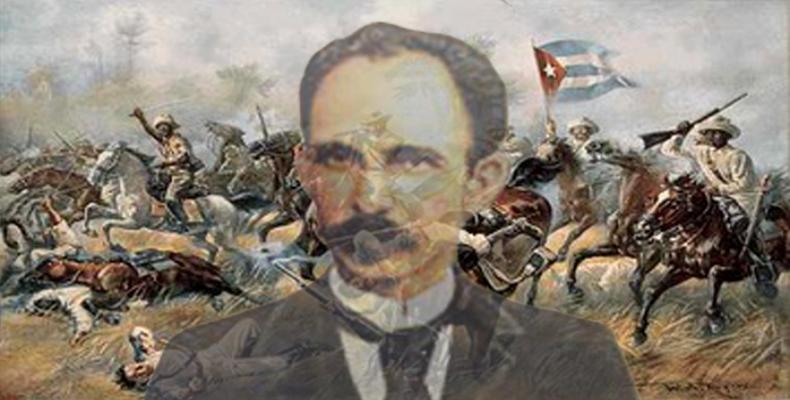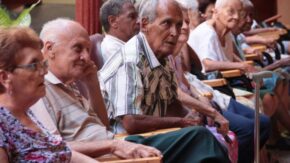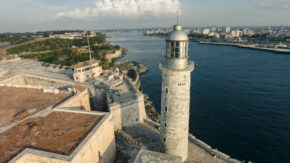May 19, 1895, the Dos Rios Catastrophe

When the Master stepped on Cuban soil that red moon night, watching the clouds, in that tiny boat, by Playita de Cajobabo, on April 11, 1895, he summed up the reunion with the Homeland in a phrase for all times: Dicha grande.
He came to fight on the battlefield for Cuba. For years he had planted the flag in favor of the unity between the old warriors and the Pinos Nuevos, who were eager to breathe the smell of manigua, of gunpowder; who were eager to hear the bugle and its blast of the throat, the troop of the cavalry and the Mambi cry of ¡al combate!
In the stage of the so-called fruitful truce, Martí founded the Cuban Revolutionary Party and the newspaper Patria. But this was not enough for him. And on May 19, 1895, he was seen; it would be better to say, he wanted to be in the middle of the combat. Minutes before, the General in Chief of the Liberation Army, Máximo Gómez, tried to stop him before he left for the battlefield; but it was all just an attempt.
Martí asked the teacher and peasant Ángel de la Guardia to accompany him. And they marched behind the Generalissimo, who was unaware of the Apostle’s decision. And there where the Cauto and Contramaestre rivers converge; there the catastrophe of Dos Ríos occurred, as the National Prize of History and Social and Humanistic Sciences, researcher Rolando Rodríguez, described the death of José Martí some time ago.
“When Gómez receives the news, he seems crazy, he himself says it, he throws himself like a madman to rescue the corpse; but already the guerrillas who were in that outpost had captured the corpse, even, they begin to strip him of the medals, of the money that he had on top, he was carrying 500 pesos in a belt”.
And it was there that Generalissimo Máximo Gómez returned with his troops almost 15 months later. And the simplest monument in memory was born. The military chief ordered his officers and soldiers to take a stone from the nearby river. And they deposited it in the exact place where the hero’s blood fertilized the land; the land that knew the fearlessness of a man of thought, as historian Rolando Rodriguez has also highlighted.
“Martí wants to compare his life, his life that does not have a single fact of weapon, with those men who have years and years of war”.
Facing the sun and galloping on the Baconao horse, on May 19, 1895 José Martí rode into the depths of Cuba’s history.


